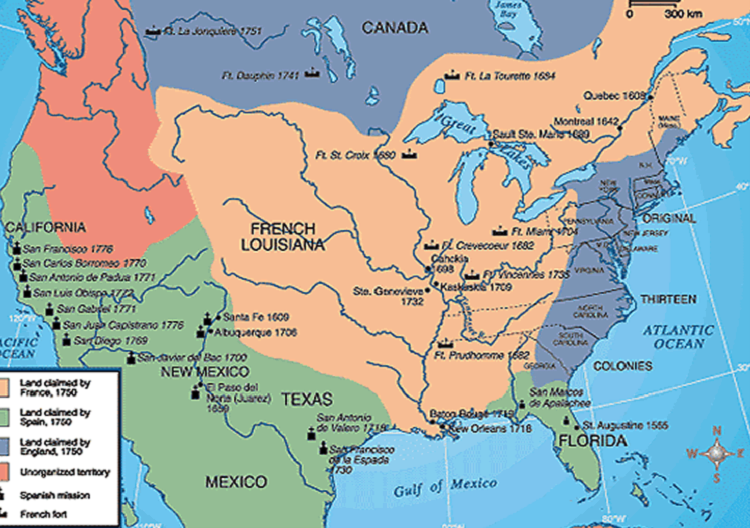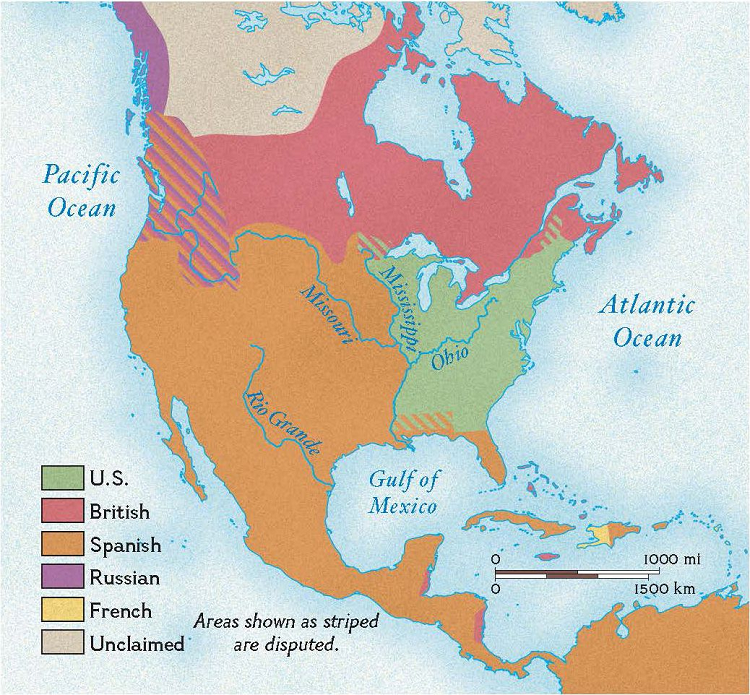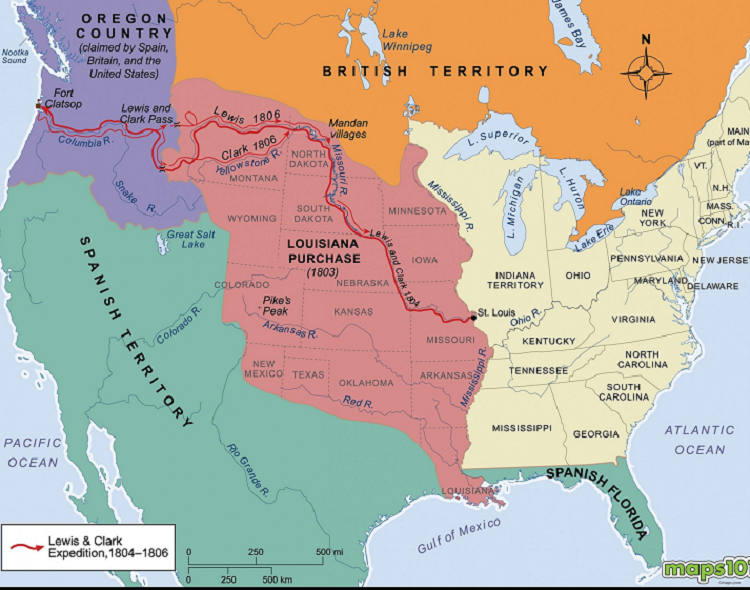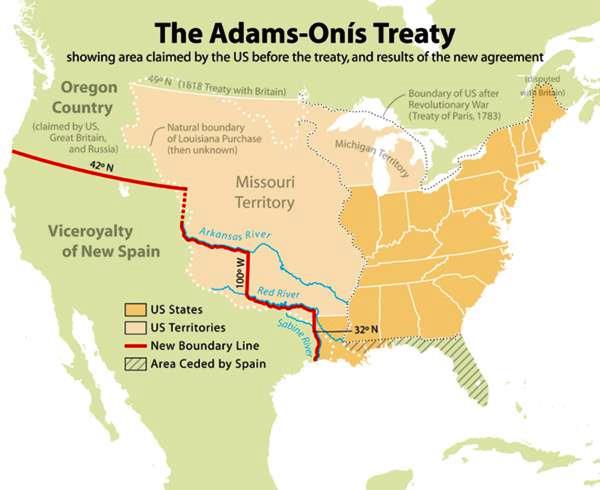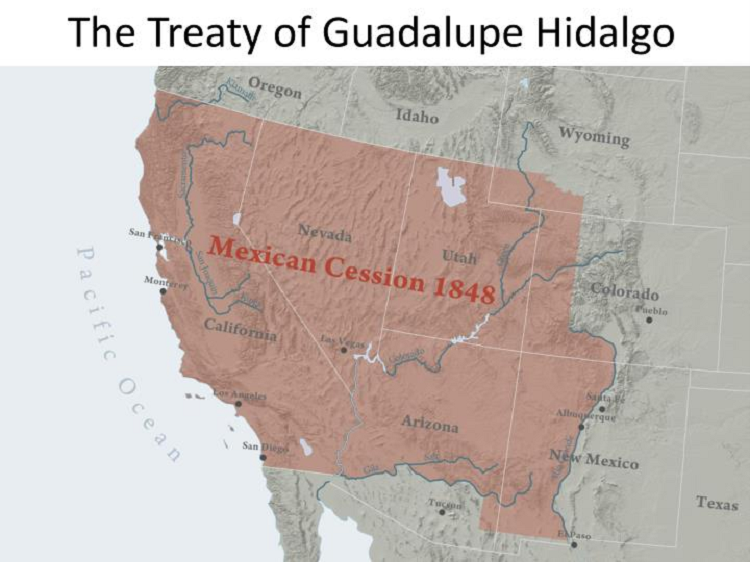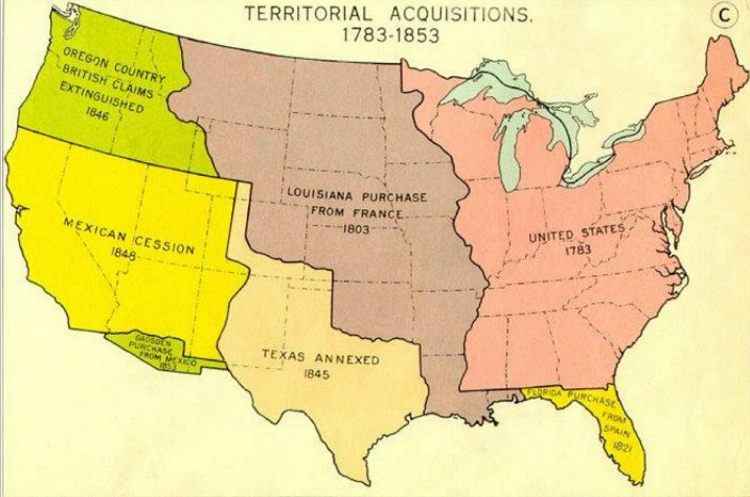CINCO DE VERDAD
“You’ve got to be careful drinking tequila, son.
You drink too much tequila, you can fall down and hurt your back.”
John Wayne’s advice to a young Jack Wheeler in 1966
[This Monday’s Archive has been a tradition on May 5th since 2010 to provide a nutshell history of the creation of Mexico, exposing thereby the farce of “Cinco de Mayo.” If you’re recovering from drinking too much bad tequila last night (5/05), this will cure what ails you. Learning the true history of Mexico would cure millions of Americans from a bad history education. Note that this 2021 edition is a new improved version with more maps and a cool video clip at the end – no fair peeking!]
TTP, May 5, 2021
Welcome to the TTP’s annual May 5th tradition of explaining la verdad, the truth, about today.
Today millions of us gringos will celebrate May 5th. Yet Cinco de Mayo is a phony tradition, a joke on los Norteamericanos, then exploited as a marketing gimmick by Tex-Mex restaurant chains as an excuse for us to get wasted on José Cuervo.
Yet before you get lost in Margaritaville, here’s the true history of Mexico. You’ll learn more about Mexico’s history in ten minutes than you ever did in school or anywhere else.
To begin with: Nobody in Mexico cares about May 5th. Only we, us gringos, pretend to. For if you ask just about any reveler at the nearest Pancho Villa’s Cantina or some such Mexican-themed bar anywhere in the US — if you can find one open – just what is being celebrated on May 5th, you’ll get either a blank stare or “It’s their July 4th ” ignorance. So here’s the real story.
The founder and creator of Mexico was Hernando Cortez (1485-1547). You learned all about this by reading The Jade Steps. The Aztec Empire he liberated in 1521 was about the size of Kansas, some 80,000 square miles.
Over the next 200 years, viceroys appointed by the King of Spain expanded the colony of Nueva España or New Spain by twenty times (through appropriating land from Indian tribes) to 1,650,000 square miles.
While the French did the same, claiming an enormous center of North America they named Louisianne (after Louis XIV 1638-1715). Here’s what the map of North America looked like in 1750 (names modernized – e.g., New Spain didn’t become Mexico until 1821 as we’ll see below).
When the French lost the Seven Years’ War to the British, by the Treaty of Paris in 1763 they ceded their territory of Louisianne west of the Mississippi to England – which awarded it to Spain for being England’s ally in the war.
This added another 828,000 square miles to the Viceroyalty of New Spain: 2,478,000 square miles.
Twenty years later, the Brits were on the defeated side of a second Treaty of Paris in 1783 having lost the Revolutionary War to us. We got all of British America from the Atlantic to the Mississippi (the Brits kept Canada). New Spain, however, went all the way from the Mississippi to the Pacific.
Note that by 1783, the only French territory in North America was Haiti in the Caribbean.
When Napoleon seized power after the French Revolution, he wanted Louisianne back for France. So he made a secret deal in 1800 with King Charles IV of Spain (actually with his wife Queen Maria Amelia and her lover Manuel de Godoy for Charles was retarded) to trade (a “retrocession”) all of it for control of Tuscany in Italy. It was called the Treaty of Ildefonso.
President Thomas Jefferson’s spies in Paris found out about the secret treaty in 1801, and that Napoleon needed some fast cash. He had lost his cash cow of Haiti (its sugar exports) in a slave rebellion there and might be open to a deal over Louisianne.
The negotiations were concluded on May 2, 1803: 828,000 square miles for $15 million, or about three cents an acre. The Louisiana Purchase.
The map shows the routes of Lewis & Clark in red. Note that the current US-Canada border in Oregon Country was settled by treaties in 1818 and 1846. Spain’s claims were ignored.
Charles IV abdicated his throne in 1808 in favor of his son Ferdinand VII, who was so pro-British/anti-French that Napoleon invaded Spain and replaced him with his older brother Joseph Bonaparte as King.
The people of Spain quickly rebelled, which left the Spanish government in chaotic breakdown — and which, in 1810, gave the people of New Spain cause to rebel against their colonial rulers in Europe.
By the time Ferdinand VII regained the throne in 1814, he needed money to suppress the rebellion in New Spain. His government had challenged the legality of the entire Louisiana Purchase, claiming France had no right to sell it and never owned it anyway, since the secret Ildefonso treaty was invalid. President James Monroe saw the opportunity.
By 1819 at Monroe’s instructions, US Secretary of State John Quincy Adams concluded a deal with Ferdinand’s emissary Spanish Foreign Minister Luis de Onis called the Adams-Onis Treaty.
The US paid Spain $5 million for the 70,000 square miles of Spanish Florida, and Spain recognized the validity of the Louisiana Purchase, thus settling the US-New Spain border.
Here’s the map of the treaty (the area of the Louisiana Purchase is called the Missouri Territory):
Ferdinand could now suppress the New Spain rebellion – but his general in charge of the suppression who was infamous for his brutality, Augustin de Iturbide (1783-1824), decided to rule New Spain for himself. In 1821, Iturbide made a treasonous deal with the rebels, who put him in charge of their rebellion.
Ferdinand capitulated, and on August 24, 1821, his emissary signed the Treaty of Cordoba recognizing the sovereign independence of New Spain. You’d think that August 24, then, would be Mexico’s Independence Day, but it’s not.
Recall that the rebellion in New Spain against colonial control from Madrid began in 1810. By tradition, the spark came in the wee hours of September 16, when a Catholic priest, Father Miguel Hidalgo, called for his flock in the small town of Dolores in Guanajuato state to rebel against their Spanish rulers.
Father Hidalgo’s Grito or cry of rebellion is why Mexicans celebrate September 16th as their July 4th.
Iturbide is an embarrassment to Mexicans, for once the Cordoba independence treaty was signed he betrayed the rebels and declared himself Emperor Augustin I of Nueva España, which he renamed Mexico (meh-shee-ko, the Aztec name for their empire).
Iturbide promptly repudiated all treaties made by Spain – Adams-Onis in particular – except of course the one that put him in power.
Hardly a year passed when a general of Iturbide’s army, Antonio Lopez de Santa Anna (1794-1876) overthrew him. Years of coups, counter-coups, and chaos followed, with a full dozen Mexican states in open rebellion against the central government in Mexico City: Coahuila, San Luis Potosí, Querétaro, Durango, Guanajuato, Michoacán, Yucatán, Jalisco, Nuevo León, Tamaulipas, Zacatecas, and Tejas.
Several of these states formed their own governments. All were brutally suppressed by Santa Anna. One succeeded in gaining independence – Tejas, which became in 1836 the Republic of Texas. Mexico demanded it back and warned the US if it annexed Texas, there would be war.
When James Polk (1795-1849) became president in March of 1845, he promptly moved to accept Texas into the Union, which it was that December. In 1846, the Mexican government was such a chaotic mess that it had four presidents, six war ministers, and 16 finance ministers – in that one year.
Nonetheless, it got what it said it wanted when 2,000 Mexican soldiers attacked 63 US soldiers on a border patrol at the Neuces River, killing 11, and the Mexican-American War was on.
By March of 1847, US forces had secured most of northern Mexico. Then General Winfield Scott landed 12,000 soldiers at Veracruz — among whom were Robert E. Lee, Ulysses S. Grant, and Thomas Jackson, later to be nicknamed “Stonewall.”
After securing Veracruz, Scott marched to Mexico City to defeat the forces of Santa Anna – who had by now seized the Mexican presidency for the sixth time – at the Battle of Chapultepec on September 13, 1847. The war was over.
General Winfield Scott was military governor of Mexico City, the Mexican government existed in name only, and many a US Congressman and Senator was demanding the US annex the entire country of Mexico.
Polk turned this demand down. He declared instead that in exchange for the US to uphold Mexican independence and end the US military occupation, that Mexico was to relinquish any claim to the territory of Texas and the Louisiana Purchase.
Further, that Mexico was to cede to the US its territory between the western border of the US (meaning Texas and the “Missouri Territory” of the Purchase) and the Pacific Ocean, an area of over 500,000 square miles.
Known as the Mexico Cession, it included California, Nevada, Arizona, New Mexico, Utah, western Colorado and a part of Wyoming. This entire huge area in 1848 had a population of only 80,000, most all of whom lived in California with the remainder virtually uninhabited.
On February 2, 1848 at the basilica of Guadelupe in the village of Hidalgo on the outskirts of Mexico City, the Treaty of Guadelupe-Hidalgo codified Polk’s deal. Mexico promptly resumed fluctuating between dictators and anarchic bloody chaos.
Note: with the Gadsden Purchase (where Tucson is now) in 1854, the “Lower 48” of the current USA was formed.
In 1851, the nephew of Napoleon (the son of Napoleon’s brother Louis), Louis Napoleon Bonaparte (1808-1873), seized power in France and declared himself Emperor Napoleon III.
After a decade of imperialist adventures from Italy to Algeria to Indochina, he set his sights on Mexico. It was in its usual state of civil war – and by 1861, so was the United States.
Colluding with a group of Mexican monarchists who wanted the anarchy to end, he ordered the French Army to invade Mexico. After suffering an initial defeat at a place called Puebla, his forces and the monarchists succeeded in taking over the government and placing a Hapsburg prince, Ferdinand Maximilian of Austria (1832-1867) as Emperor of Mexico.
Why Maximilian of Austria? Because he was Napoleon III’s secret first cousin.
Napoleon’s son, Francois Joseph Bonaparte (1811-1832, given the courtesy title of Napoleon II when a child by his father) was exiled with his mother Marie-Louise to Austria after Waterloo (for she was the daughter of the Emperor of Austria, Francis II). At age 20, Francois had an affair with Princess Sophie of Bavaria (1805-1872), whose husband Archduke Franz Karl was retarded, and she became pregnant.
Two weeks after she gave birth to Maximilian, Francois/Napoleon II died, and Sophie accused Austria’s Minister of State, Prince von Metternich (1773-1859) of poisoning him to squelch the scandal of Maximilian’s real paternity. Years later, Sophie became deranged with bitterness over Maximilian’s fate.
Once America’s Civil War ended, President Andrew Johnson wasted no time in telling the French he wanted them out of Mexico. He sent arms and money to the leader of the Mexican rebellion against Maximilian, Benito Juarez, and encouraged Americans to volunteer to fight for him. This enabled Juarez to defeat Maximilian’s forces, and capture and execute Maximilian himself in June, 1867.
Thus Mexico’s independence, from 1867 onward, is thanks to America. Don’t expect any gratitude. Oh, and that initial defeat of the French at Puebla that didn’t even slow down the French in conquering Mexico?
It was on May 5th, 1862. Yep, that’s the vaunted “Cinco de Mayo.” It’s just an excuse for a party in Gringoland.
Now you know the history, but don’t let that stop you from having a good time tonight.
Just don’t use cheap tequila for your margaritas. Use the good stuff, like John Wayne’s favorite, Tres Generaciones. And heed John Wayne’s advice to me above.
I can’t resist closing my favorite John Wayne scene. It’s in Red River (1948). It’s relevance is that before Cortez, the Aztecs took the land of southern Texas from tribes that lived there, the Spaniards took the land from the Aztecs, and we took it from the Spaniards who had no legitimate claim to it. Mexico has no legitimate claim whatever to any territory of the United States of America – none.


